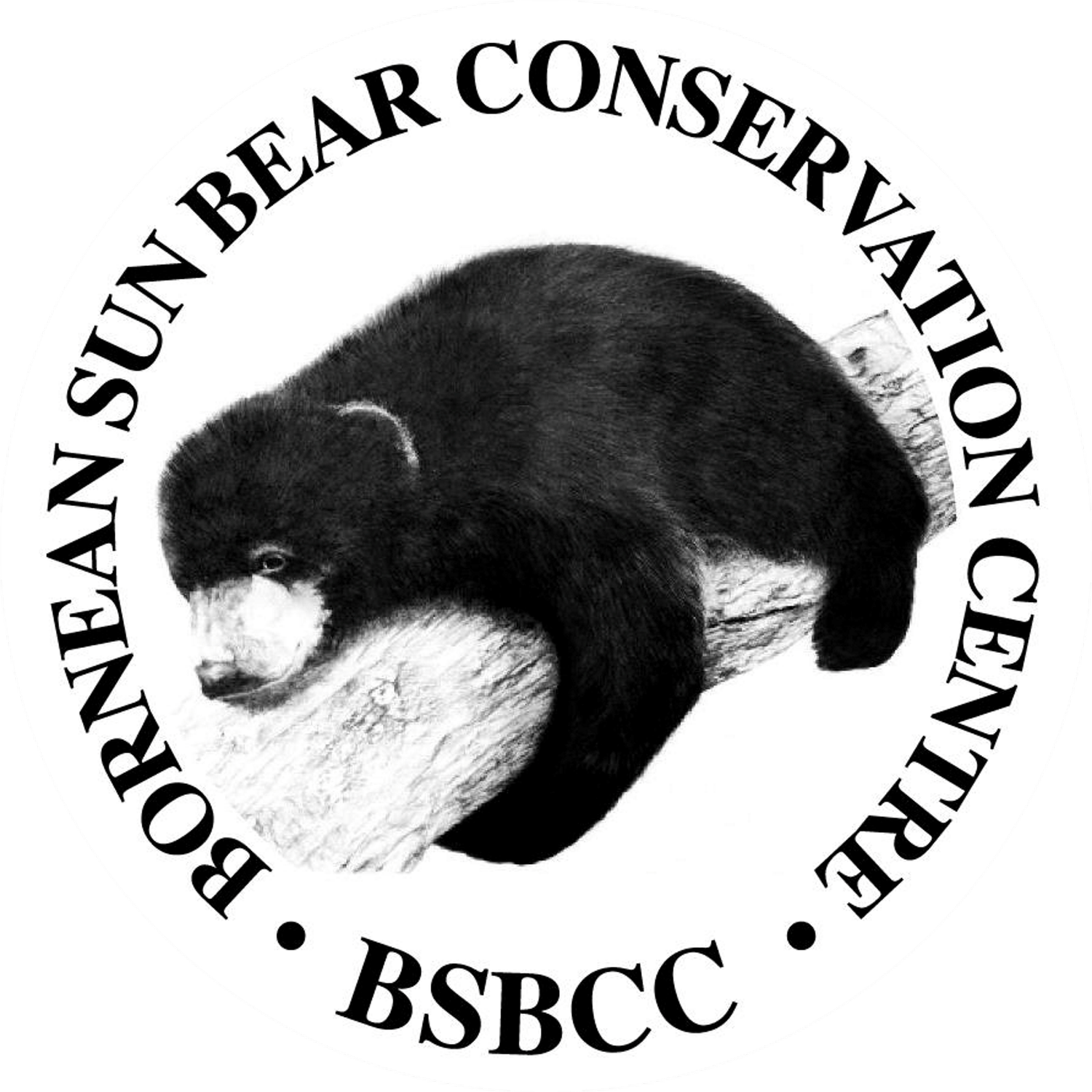Meeting Big Brothers and Sisters in the Bear House
Text by Seng Yen Wah
Photos by Chiew Lin May & Seng Yen Wah
Wawa is a 11 months old female bear. She was found alone in the Forest Management Unit (FMU) 16, Pinangah, Telupid District on March 11st, 2016. She was surrendered to the Sabah Wildlife Department and sent to the Lok Kawi Wildlife Zoo after that. She arrived at BSBCC on March 18th, 2016. She appeared weak and showed signs of dehydration when she arrived.
Dodop is a one year old female bear. She came to the SBCC on June 2nd, 2016. The Sabah Wildlife Department rescued her from being kept as house pet in a Singgaron village in Ranau district. She had been found with missing all of her milk teeth. But now her permanent teeth have grown into strong and sharp canines.
Both of them have been growing well in quarantine. So, now is the time for them to meet their big brothers and sisters in bear house. They had to undergo a general health check by Dr. Pakeeyaraj Nagalingam, a veterinarian from Sabah Wildlife Department, Wildlife Rescue Unit first. Both of them had been proven healthy. Their new friends could not wait to meet them and gave their greatest welcoming bark to them.
Before Dodop and Wawa moved to bear house, bear keepers prepared lots of enrichment for them. They not only build a platform and a hammock to provide them a resting place, but they also went to collect dry leaves and decayed wood. This is because Wawa is a playful bear. She likes to spend her time with enrichment. So, bear keepers placed different kinds of enrichment items inside the cages to help them adapt to their new environment. For the first day, Wawa seems alert to the surroundings. But thanks to the enrichment, they had adapted well into the bear house after the second day. They spend their time exploring the environment and the enrichment together.
The next for them is to integrate with the biggest group, the sub adult group with Sunbearo, Loki, Bintang, Montom, Susie2, Damai, Kala, Boboi, Kitud, Tan Tan and Mary. They are around one to five years old. After the integration, they have to undergo fence training to be able to release them back to the forest. In the forest, they can learn from the others and improve their survival skills as well. At last, we hope they can be back to the wild sooner or later within the rehabilitation program at the BSBCC.
